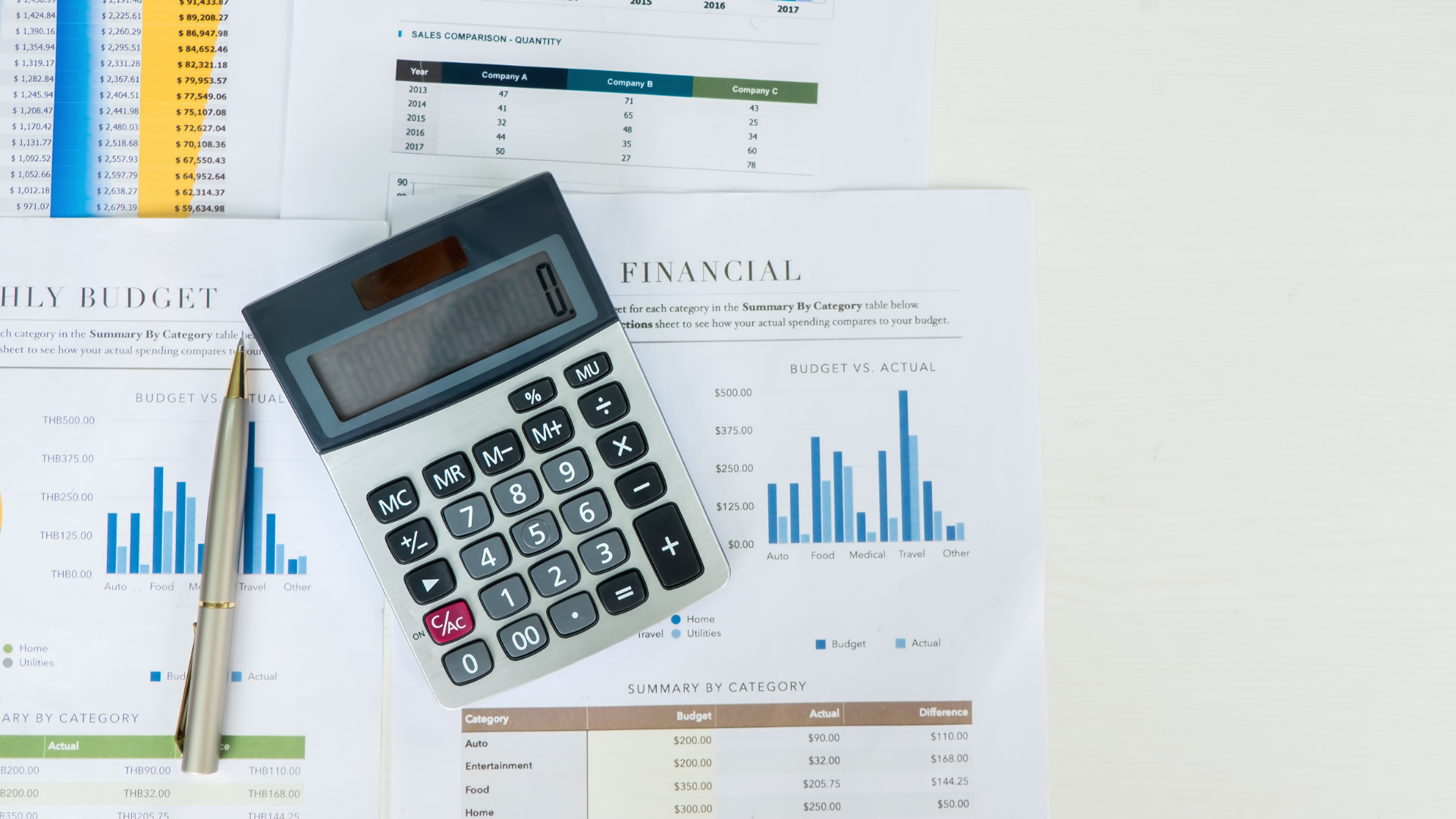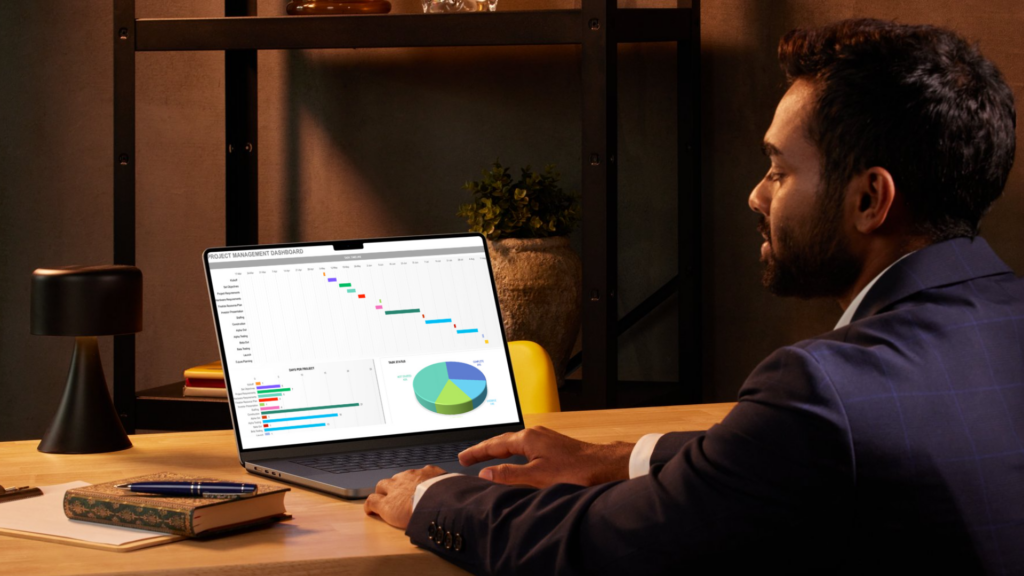Buy To Let Mortgage Calculator – Get A Free Quote

Owning a buy-to-let property feels great—it secures your future, grows your wealth, and puts you in charge of your investments.
But, let’s face it: sorting out the finances can be tricky.
To simplify things for you, a buy-to-let mortgage calculator can help you see your mortgage options and monthly repayments.
Check out how much you can borrow in this guide to get started.
How Much Can I Borrow For A Buy-To-Let?
Find out how much you can borrow for a buy-to-let mortgage and your monthly repayments. Simply enter details such as your property value, rental income deposit, and interest rates.
In just 30 seconds, you’ll get instant results tailored to your financial goals.
[Embedded buy-to-let mortgage calculator]
Note: This calculator does not check rental yield. To calculate your potential returns, click here.
How Does a Buy-to-Let Mortgage Calculator Work?
You can use the calculator as many times as you need to adjust different amounts and see how changes in your deposit or rental income could affect your payments. This lets you try out different options and find the best financial plan for your investment.
Points to Keep in Mind:
- Accuracy is Key. The accuracy of your results relies on the information you put in. Make sure everything is correct for reliable estimates.
- Lender Specifics. The calculator provides a general idea based on common lender criteria, but individual lenders may have different terms. For advice that fits your specific situation, you might want to talk to a buy-to-let mortgage advisor.
- Estimations Only. The numbers you get from the calculator are just estimates, not actual mortgage offers.
For detailed financial analysis and advice, it’s wise to consult a mortgage advisor who specialises in buy-to-let mortgages.
Snapshot Of Buy-To-Let Features
- You typically need at least 25% of the property’s value, though this can vary.
- Terms can extend up to 25 years, depending on your age and circumstances.
- Options include interest-only, where you only pay the interest each month, or capital and interest repayments.
- Expect higher arrangement fees, appraisal fees, and possible early repayment charges.
- Rates are generally higher than those for residential mortgages and can be fixed or variable.
- You need a tenancy agreement with your tenants, outlining the rent, deposit, and terms.
What Is A Buy-To-Let Mortgage?
A buy-to-let mortgage is a loan you can use to buy a property to rent out to tenants.
Unlike standard mortgages for homes you live in, these are designed specifically for landlords investing in rental properties.
Buy-to-let mortgages also have different interest rates and terms compared to regular mortgages. This reflects the higher risk involved with renting out a property.
How Do I Get A Buy-To-Let Mortgage?
Make sure your rental property is profitable. This means the rent you receive needs to cover your mortgage payments.
In most cases, lenders will require your rental income to be at least 100% of the mortgage payment, with an additional buffer of 25% to 45% on top.
With that in mind, let’s explore how you can secure a buy-to-let mortgage in the easiest way possible:
Check If You Qualify
To secure a buy-to-let mortgage, you must meet certain criteria. Lenders assess these points to decide if you’re a suitable candidate
- Usually 21 or 25 years old, depending on the lender.
- Expected rental income must generally cover 125%–145% of the mortgage repayments.
- Most lenders set an age limit for when the mortgage term ends, often 70 or 75.
- Some lenders require you to earn above a specific threshold annually, typically around £25,000.
- Some ask you to be a UK resident. If you’re a non-resident, you can still apply but under stricter conditions.
- Has property experience, depending on the lender’s criteria.
- A good credit history
- The property must be suitable for rental and meet safety standards.
Gather All The Paperwork
Here’s a list of documents you might need for the mortgage:
- Passport or driving licence for photo identification.
- Utility bills or bank statements for proof of address.
- P60 form and the last three months’ payslips for employed individuals.
- SA302 forms or tax returns and 2-3 years of business accounts for self-employed individuals.
- Last three months’ personal bank statements.
- Solicitor’s contact details for handling the transaction.
- Estate agent’s contact details if purchasing through one.
- Mortgage statement for any currently owned properties.
- Proof of rental income, ideally from an ARLA-regulated agent.
- Business bank statements if owning one or more rental properties.
- Evidence of deposit sources, such as savings, loans, or gifts.
Note: This list may not be exhaustive; lenders may require additional documents.
Speak with a Mortgage Broker
The easiest way to get a buy-to-let mortgage is through using a mortgage broker.
Whether you’re a seasoned investor or just starting, getting the right advice is important.
Buy-to-let mortgages are complex and high-risk loans; you don’t want to get the wrong deal in the first place as this can cost you more money in the long run. To put it simply, here’s how a mortgage broker helps:
- Uncovers a wider range of mortgage options you might not find on your own.
- Select the best mortgage suited to your specific needs.
- Handles all the paperwork and communicates with lenders on your behalf.
- Negotiates better deals with lenders.
- Explains complicated rules and legal jargon in clear terms.
- Provides ongoing support throughout the entire buying process.
Once all the pieces are in place, your mortgage broker will submit your mortgage application directly to a lender who offers buy-to-let mortgages.
If you’re a first-time buyer, we highly advise you to speak with a mortgage broker for a successful buy-to-let purchase.
Buy-To-Let Tax Considerations
When investing in a buy-to-let property, you need to understand the taxes involved. Here’s an overview of the main taxes you might face.
Stamp Duty
When you buy a property in the UK, you pay Stamp Duty Land Tax (SDLT).
For buy-to-let properties, there’s an additional 3% surcharge on top of the standard rates, which vary depending on the property price.
Capital Gains Tax
If you sell your buy-to-let property for more than you paid for it, you may need to pay Capital Gains Tax on the profit.
The rate depends on your income tax band, with higher rates for property than other assets.
Income Tax
You must pay Income Tax on rental income received from your property.
This income should be declared on your Self-assessment tax return, and the amount of tax you pay depends on your total taxable income.
Mortgage Interest Tax Relief
Previously, landlords could deduct their mortgage interest from their rental income before calculating tax.
Now, you get a credit for 20% of your mortgage interest instead. This relief is given as a basic rate tax reduction, regardless of your income tax band.
Inheritance Tax (IHT)
If your estate includes buy-to-let properties, it may be subject to Inheritance Tax upon your death.
Properties are included in your estate’s valuation, and tax is payable if the total value exceeds the current IHT threshold.
What Else Should I Consider As A Landlord?
As a landlord, you must ensure the property is ready and safe for tenants. Here’s what you need to know:
- Safety Checks — Regularly check gas and electrical systems, and ensure all supplied furniture is fire-resistant.
- Energy Performance Certificate (EPC) — Your property needs a valid EPC, with a minimum energy rating that will increase in the coming years.
- Deposit Protection — Secure any tenant deposit in a government-approved scheme within 30 days.
- Right to Rent — Verify tenants have the legal right to rent in the UK.
- Maintenance — Keep the property and its systems in good repair.
- Tenancy Agreement — Provide a clear, written agreement outlining tenant and landlord rights.
- Privacy and Evictions — Respect tenant privacy and follow legal eviction processes if necessary.
- ‘How to Rent’ Guide — Supply tenants with the latest government rental guide.
>> More about Landlords’ Responsibilities
The Bottom Line
Buying a buy-to-let property is a big decision. Make sure you consider these key points before you start:
- Do you have enough time to manage a buy-to-let property and its taxes?
- Can you afford the larger deposit required for buy-to-let mortgages?
- Will the rent cover the mortgage and also leave extra for maintenance and empty periods?
As with any investment, it’s key to be cautious and seek expert advice before jumping in.
A buy-to-let mortgage advisor can provide guidance, helping you choose the right mortgage, get good terms, and manage your property effectively.
Need a broker? Contact us. We’ll connect you with a buy-to-let mortgage advisor who can help assess your finances and find the best mortgage deals,
Get Matched With Your Dream Mortgage Advisor...

Frequently asked questions
Can I remortgage a buy-to-let mortgage?
Yes, you can remortgage your buy-to-let property. This is often done to secure a lower interest rate or release equity.
The best time to consider remortgaging is just before your fixed deal ends, as you’ll otherwise be moved to your lender’s standard variable rate (SVR), which is usually higher.
Be mindful of potential costs such as early repayment charges and application fees.
Can I get a buy-to-let mortgage as a first-time buyer?
Yes, as a first-time buyer, you can obtain a buy-to-let mortgage.
But, you will not be eligible for first-time buyer Stamp Duty relief, which only applies to properties you intend to live in. This type of investment will likely require a substantial deposit and thorough financial planning.
Can I rent out my buy-to-let temporarily?
Yes, you can temporarily rent out your buy-to-let property. If this was not your original intention, you may need ‘consent to let’ from your mortgage lender.
Additionally, if renting out property is not your main business, you might qualify for a consumer buy-to-let mortgage, which is subject to different regulations.
Make sure your mortgage and insurance policies support short-term rentals.




